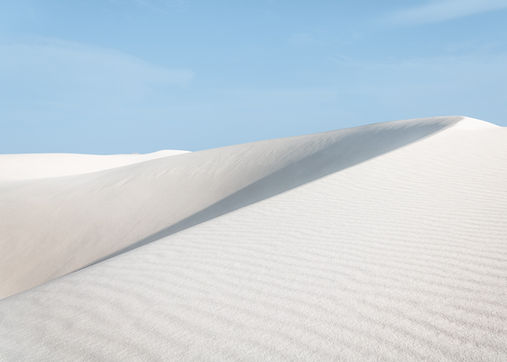Everything Fish Food
Feeding your fish properly is one of the most important parts of aquarium care. The right food keeps your fish healthy, colorful, and active. Improper feeding can lead to illness, poor water quality, and even death. In this guide, we’ll explore the different types of fish food and how to feed them correctly.
To help you get started, I've created quick guides that you can download.
These guides provide an overview of each food and their benefits. I encourage you further check out the information on each food product, as this short guide does not include the following: a description, how to feed, or any precautions/warnings.
Please note, this list includes only the products I've had firsthand experience with and is not every food these brands offer.
San Francisco Bay Brand
Specializes in high-quality frozen and freeze-dried foods, offering a variety of options for different fish species.
Omega One
Known for using whole seafood ingredients in their products, providing natural nutrition and enhancing the color of your fish.
Hikari
A Japanese company, offering a wide range of fish foods tailored to different species and life stages, with high-quality ingredients.
Topfin
PetSmart’s brand, offering a selection of affordable aquarium products, great for beginners
API
Produces scientifically formulated flake and pellet foods that support healthy digestion, vibrant color, and more.
Fluval
Premium fish foods, including bug-based and insect larvae formulas, offering high nutritional value.
Tetra
From flakes to pellets, catering to various species, with products designed to support the health of aquarium fish.
How to Feed:
1. Dry Food
Dry food is the most common and convenient type of food for fish. It’s nutritionally balanced and often formulated for specific types of fish. Wafers tend to sink, pellets can either float or sink, while flakes float on the surface.
-
Pellets: Floating pellets are ideal for top-feeding fish, while sinking pellets are great for mid-level and bottom-dwelling species.
-
Flakes: Thin and light pieces of food that float on the water surface. These are best for fish that feed near the top of the tank.
-
Wafers: Larger discs that sink quickly to the bottom of the tank. They are best for bottom-feeding fish like plecos, loaches, and corydoras.
How to Feed:
Feed your fish dry food in small, manageable portions, only provide as much as your fish can consume within 2-3 minutes to avoid overfeeding polluting the water which can cause cloudiness.
* Please note that in my experience, bottom dwellers are an exception as they typically will not finish their food in that given time.
* Make sure to adjust the amount based on the number and size of your fish. If you have different types of fish with varied feeding habits (top, middle, or bottom feeders), a mix of the three would be best.
2. Frozen Food
Frozen foods often provide your fish with a more natural and varied diet. They are typically available in cubes and can range from ingredients like brine shrimp, bloodworms, daphnia, and plankton.
How to Feed:
Before feeding frozen food, I like to defrost it in a separate bowl, you can also thaw it in the tank’s water. Ensure that you only offer the amount your fish will consume in a few minutes. The amount depends on the size of your fish, as well as how many occupy your tank.
3. Live Food
Live food like brine shrimp, daphnia, or small worms provides your fish with a natural and more importantly, a stimulating food source.
-
Brine Shrimp: most commonly used, these are tiny crustaceans that are rich in protein and essential fatty acids.
-
Other Live Food: Daphnia (water fleas) and blackworms are also popular live foods.
How to Feed:
Live food should be given to fish in moderation, I like to use these as a “treat”. I use a small net to add the brine shrimp to the tank, keep in mind they come from saltwater so I like to rise them off with the tank water.
* Make sure the live food is appropriately sized for your fish to avoid any choking hazards or overfeeding.
* Always be cautious where you purchase your live food to ensure it’s free from parasites or contaminants.

Additional Tips
-
Intermediate Feeding
I recommend feeding 3-5 times a week, this gives the fish's digestive system a rest—this is especially good to avoid bloating.
-
Observe Feeding Behavior
Watch your fish while they eat to make sure all fish are eating, no one is being bullied or left out and the food is appropriate in size and type
-
Remove Uneaten Food
Use a net or siphon to remove any uneaten food after feeding time, this helps prevent water pollution.
-
Feed According to Species Needs
Not all fish feed at the same level in the tank and different species require certain nutrients and ingredients
